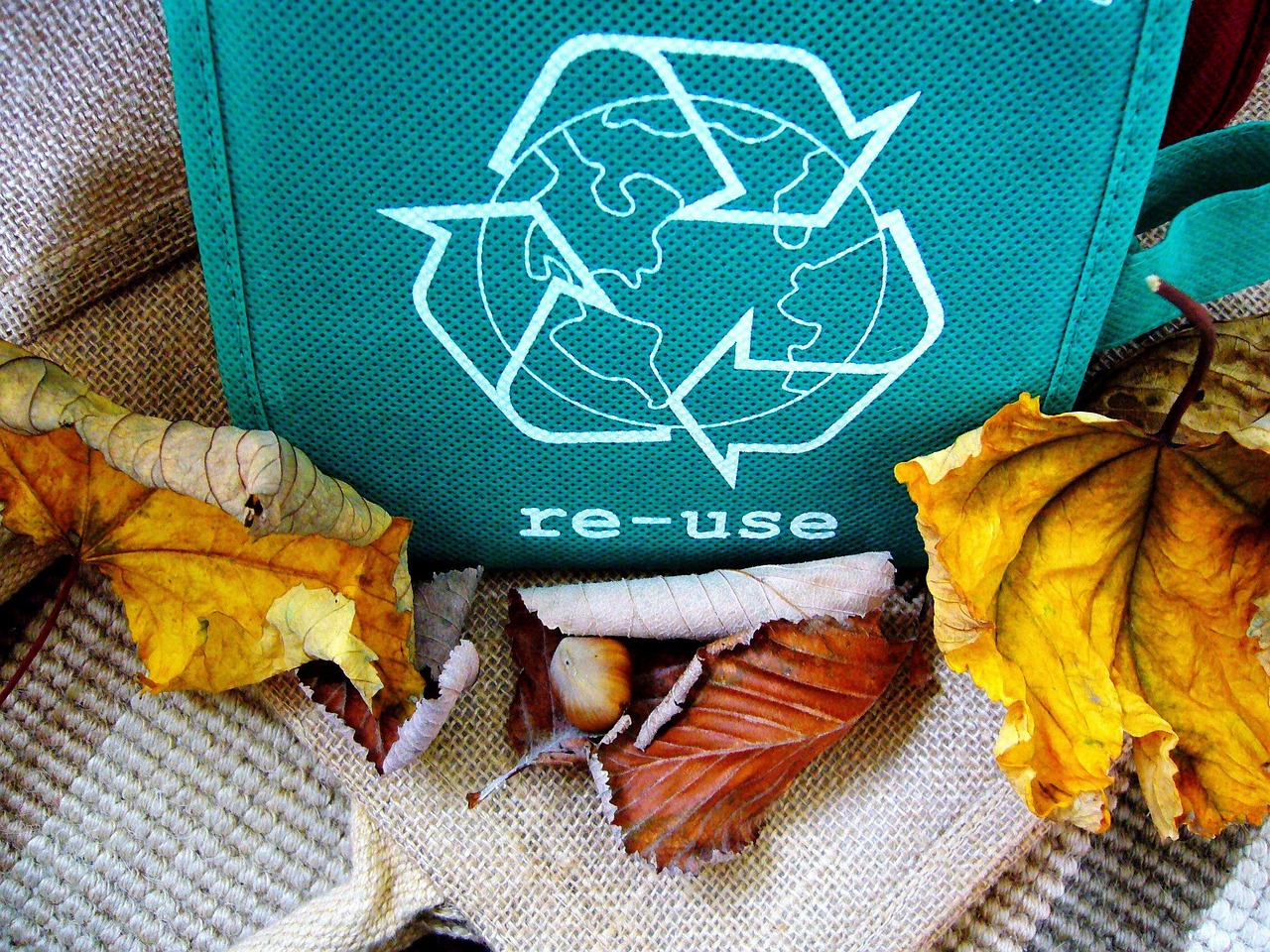In marketing, trends come and go. But every so often, a shift takes hold that redefines how brands communicate value. Green marketing is one of those shifts—and it’s not slowing down.
Across Canada, sustainability is no longer just a bonus. It’s a baseline. Consumers expect it. Regulators are enforcing it. And businesses that treat it like a checkbox are already falling behind. With recent amendments to the Competition Act (outlined here), Canadian marketers must now do more than imply sustainability—they must prove it.
For business leaders and brand strategists, this introduces both pressure and possibility. The pressure? Avoiding vague or unsubstantiated environmental claims. The possibility? Positioning your brand as both credible and future-facing by anchoring sustainability in strategy—not spin.
Choosing the Right Green Marketing Strategy
A green marketing strategy is more than messaging. It’s alignment—between what your brand promises and what your operations deliver. That might include a transition to sustainable packaging, reduced energy consumption, or a clear commitment to eco-friendly practices. It might involve product innovation, supply chain reevaluation, or a rework of how customer value is communicated at every touchpoint.
The real question isn’t can we say something is sustainable—but should we? That distinction is where experience matters. Successful green marketing doesn’t rely on generalizations or “green glow” language. It thrives on specificity: naming the environmental benefits, citing data, showing receipts.
At BlueHat, we often remind clients: if you have to choose between clever and clear—choose clear. Especially when talking sustainability. Your audience is paying attention. Regulators are, too.
Why Green Marketing Is (Still) a Business Opportunity
We’ve worked with brands long enough to know this: values-based marketing only works when it’s tied to business outcomes. Fortunately, green marketing, when executed with discipline and clarity, delivers.
Done right, it attracts the right kind of customer—those who care about more than price. It builds equity with sustainable brands and opens up long-term positioning advantages. From search to conversion to brand loyalty, the compounding impact is measurable.
That said, many businesses treat sustainability as a campaign, not a core commitment. That’s a mistake. Surface-level efforts might work in the short term, but they rarely survive scrutiny—or shifting expectations. The brands winning today are those who have integrated sustainability initiatives across their business practices and then brought that work to life through intelligent storytelling and digital strategy.
The Greenwashing Risk—and the Smarter Way Forward
It’s important to acknowledge: greenwashing is more than a buzzword now. In Canada, it’s a compliance risk. And for brands that move faster with messaging than they do with operational change, that risk is real.
Recent regulatory updates require businesses to validate any environmental claims they make—whether in a paid ad, a product page, or a press release. That means no more relying on vague phrasing or industry jargon to imply eco friendly products or sustainable business practices. You either show how you’re doing it—or you don’t say it at all.
But here’s the opportunity: brands that rise to meet this standard won’t just protect themselves—they’ll stand out. And in a crowded market, clarity is a serious competitive edge.
How to Implement Green Marketing—Credibly and Effectively
Let’s talk execution. Here are five core principles we recommend to clients ready to implement green marketing in a way that reflects both integrity and performance:
- Translate operational change into marketing clarity.
Switching to sustainable materials or reducing your carbon footprint means nothing unless your customers understand what that change entails. Use your digital platforms—content, landing pages, video, and social media marketing—to explain the “why,” not just the “what.” - Educate before you persuade.
Your job isn’t to claim superiority—it’s to show understanding. Talk about your environmental initiatives with humility. Be transparent about where you are in your sustainability journey. Today’s environmentally conscious consumers respond to honesty, not perfection. - Integrate, don’t isolate.
Sustainability shouldn’t live on a single web page or annual report. It should show up in your product packaging, your electronic marketing, and your lead generation tactics. Consistency across channels builds trust. Inconsistency erodes it fast. - Use data, visuals, and third-party validation.
Don’t just say you’re reducing greenhouse gas emissions. Quantify it. Link to certifications. Use infographics and short-form video to make the abstract concrete. Let your marketing team and your ESG team collaborate, not operate in silos. - Design for longevity.
Sustainable marketing isn’t about temporary wins. It’s about systems—digital strategies that support a greener future and business models that prioritize resilience over reaction. Think beyond the campaign and build frameworks that scale with your sustainability efforts.
Foundational Concepts
The 4 R’s of Green Marketing
Reduce, Reuse, Recycle, Recover—these aren’t just eco-mantras. They’re strategic lenses. Every product innovation, packaging change, or process shift can likely be tied to one. Make that connection explicit.
The 4 P’s of Green Marketing
- Product: What makes it a green product?
- Price: How does sustainable value show up here?
- Place: Are your distribution choices reinforcing or undermining your claims?
- Promotion: Are your green marketing tactics consistent and defensible?
When these align, the result isn’t just better marketing. It’s better strategy.
The 5 Principles of Sustainable Marketing
- Long-term customer value
- Purpose-centered communication
- Innovation for environmental benefit
- Integrated brand mission
- Positive impact on people and planet
The Strategy Theory: Why It Works
The green marketing strategy theory argues that sustainability, when embedded in business DNA, becomes a differentiator. It builds market share, insulates against reputational risk, and deepens alignment between your message and your model. It’s not a trend—it’s structural.
The Brands That Lead, Last
What separates the leaders from the rest isn’t just budget or bandwidth—it’s discipline. Brands that build long-term traction through green marketing initiatives don’t just chase trends or launch one-off green marketing campaigns.
Effective green marketing efforts stem from one central truth: your values must match your actions. Promoting renewable energy use or showcasing your shift to recycled materials only works if those changes are authentic, measurable, and ongoing. Anything less starts to sound like empty PR. And today’s buyers are quick to see through it.
That’s where the real benefits of green marketing emerge. When done right, these efforts don’t just generate clicks or boost short-term engagement; they deepen trust, enhance brand loyalty, and build durable equity over time. And when aligned with real sustainable practices, they become a strategic asset.
Of course, it takes intention to practice green marketing with integrity. Your team has to connect content creation with internal change. That means marketing shouldn’t just be the megaphone—it should be the translator between your operations and your audience. Done well, even complex green initiatives become powerful proof points.
The strongest green marketing practices don’t rely on grand statements. They rely on quiet consistency: the decision to reduce impact here, to refine messaging there, to lead by example—especially when no one is watching.
At BlueHat Marketing, we’ve helped organizations evolve their positioning over decades of digital transformation. We understand the difference between clever marketing and credible leadership. If your brand is ready to treat sustainability not just as a message—but as a differentiator—we’re ready to help.
Get in touch—and let’s map out how to grow your brand through real impact.





